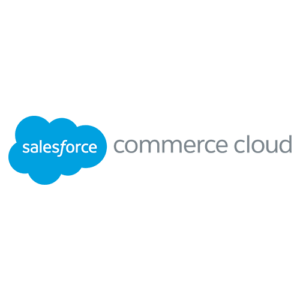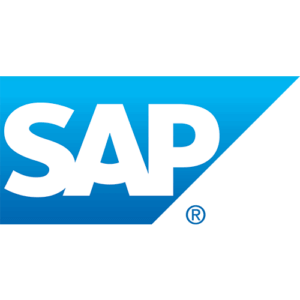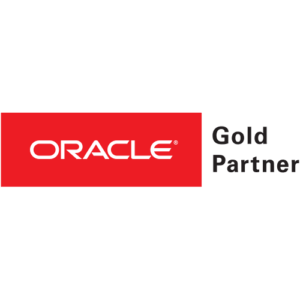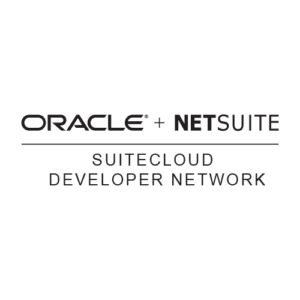
True ConfidenceTM for a Regulated World
Solutions and services to meet the ever-changing compliance needs of today’s global businesses.
Trusted by the World’s Best Companies Including Half the Fortune 500

Award-winning cloud technology
Nearly 100 regulatory experts
Support for 19k+ tax jurisdictions
Customers operating in 70+ countries
Industry-leading support team
Employees in 14+ countries
Innovative technology that is highly scalable, reliable and secure.
Ensuring data accuracy and timely reporting are critical to managing and meeting all forms of regulatory compliance. Sovos provides a modern, IT-driven response to an evolving regulatory landscape, enabling every level of your organization to utilize compliance as a competitive advantage.
Award-winning cloud technology
Nearly 100 Regulatory experts
Support for 19k+ tax jurisdictions
Customers operating in 70+ countries
Industry-leading support team
Employees in 14+ countries
Innovative technology that is highly scalable, reliable and secure.
Ensuring data accuracy and timely reporting are critical to managing and meeting all forms of regulatory compliance. Sovos provides a modern, IT-driven response to an evolving regulatory landscape, enabling every level of your organization to utilize compliance as a competitive advantage.
Embedded in the Business Process Platforms You Use Today





Solve it all with Sovos
Social responsibility
So Businesses Prosper and Communities Thrive
Compliance should not be an impediment to business success. Focus your energy on growth and remove the burden and risk of regulatory compliance with Sovos. By freeing your business from the continuous friction of compliant commerce, you will help build thriving communities, where digital transformation is shrinking tax gaps and funding critical infrastructure and services.
